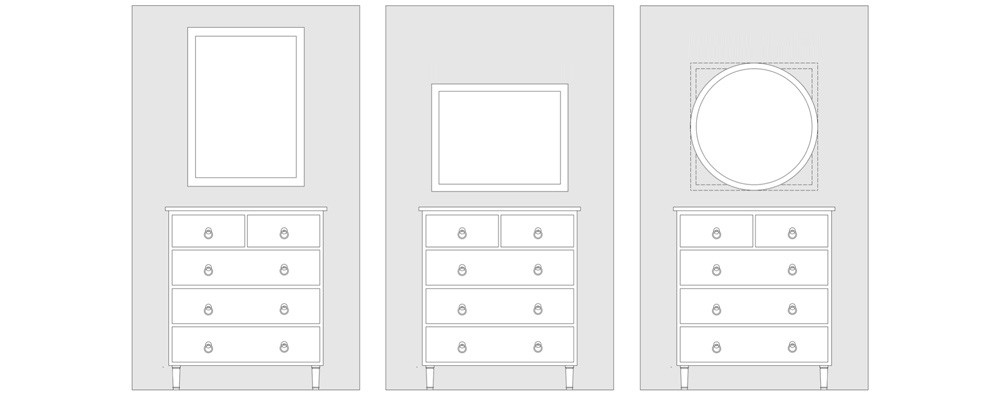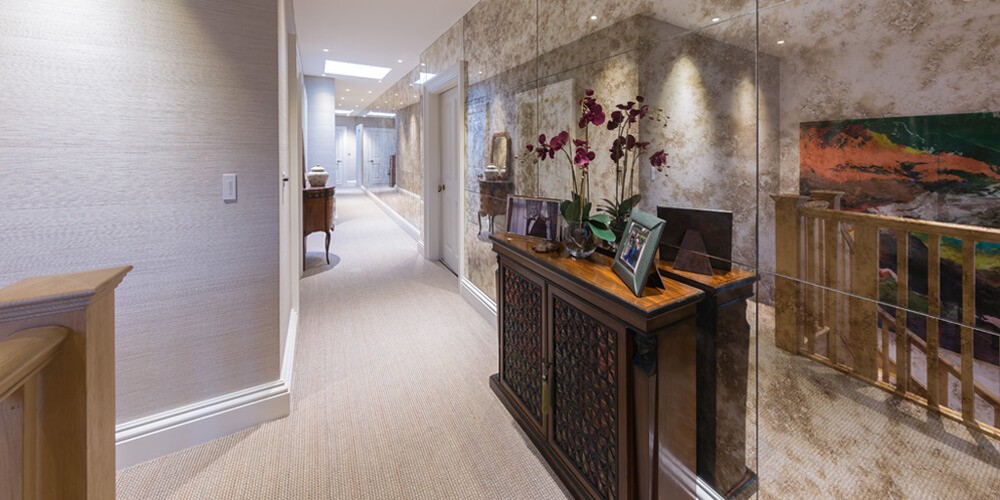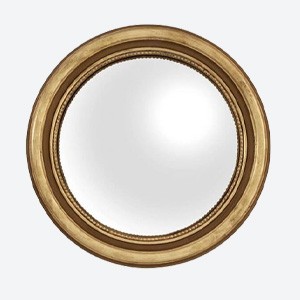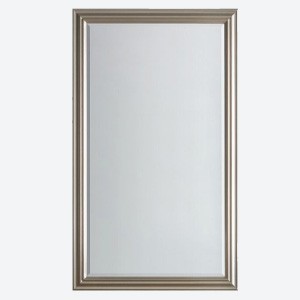At Pavilion Broadway, we are pleased to offer a wide selection of luxury mirrors in styles and sizes to suit a variety of interior schemes. However, there’s much more to buying mirrors than just decoration. Nicole from our Interior Design team has taken over the blog again this week to tell us her top tips in a helpful mirror buying guide. Read on to find out everything you need to know when buying a mirror and how to style them in your home to achieve different looks.
What Are Mirrors Used For In Interior Design?
Mirrors have several uses in the home, not just for doing your hair or giving your outfit the once over. They can be used to bounce light around a room, give the illusion of a longer or wider space, draw the eye or as a feature in itself. When I use mirrors as part of my interior projects, it is usually for function, decoration or a combination of the two! Either way, mirrors are a fundamental part of interior design schemes and really help to complete the look alongside wall art and other home accessories.

Where To Place Mirrors In Your Home
Mirror Buying Guide
Most commonly, mirrors are hung above bathroom sinks, above a dressing table or in a dressing room. In a dining or living room, mirrors are often hung over the fireplace, while you'll commonly find them near the door in entrance halls. There are many other places that you can use mirrors - for instance, they make great kitchen splashbacks. If you want to do this, we'd suggest looking at different styles of glass to find something with character that suits your room.
When choosing your mirror, think about the shape that would work best with the space that you have. Think about the proportions of the wall: are you hanging your mirror above a piece of furniture? Do you have a portrait, landscape or square space on your wall? Round mirrors in ‘square’ spaces can create a softer look.

How To Style A Mirror In The Living Room
In the living room, mirrors look great just about anywhere you desire additional light and space. For best effect, hang centrally above sofas, fireplaces or console tables. Rectangular or square options are great here as they follow the sharp linear structure of the console table, creating uniformity in a space.

How To Style A Mirror In The Dining Room
If you have a fireplace, overmantle mirrors work well in dining rooms. Otherwise, placing a large mirror above a sideboard buffet helps to bounce light around the room.

How To Style A Mirror In The Bedroom
If you have a dressing table or chest of drawers in your bedroom, then placing a mirror above this is a great go-to option. For something a little different, place a pair of mirrors above each bedside table on either side of the bed frame to create a symmetrical feel.

Styles of Mirror
Aside from mirrors for wall, floor and dressing table, there are some other mirrors I use quite frequently in my projects to achieve a particular effect.
How Do Concave & Convex Mirrors Work?
If you don’t need a mirror in a room but you want to break up artwork, then a convex (outward curved) or concave (inward curved) mirror can do just the job. They are really more decorative than functional, but they will help to maximise light and bounce it into the room.

What Is A Leaner Mirror & How Do I Style It?
Leaner mirrors are very on-trend at the moment and particularly popular in contemporary interior design schemes. With these mirrors, the idea is to lean a long or full-length mirror against a wall rather than hang it. This creates a casual and informal look that offers a similar effect to a free-standing mirror.
If you have room for a full-length mirror, then a floor standing leaner mirror can look great propped against a wall. They look really stylish when grouped with other objects such as a small occasional chair or side table and - as with most groupings - odd numbers work best! These are particularly great for those difficult ‘empty zones’ in large hallways or living areas as they become a small room-set of their own.
Decorating With Mirrors
How To Decorate A Wall With Mirrors
For narrow rooms with long walls like hallways or corridors, mirrors can be used to add the illusion of width by mirroring one side wall. In a recent project for a large residential property in the Cotswolds, we used antiqued mirror panels in this way (pictured below). Plain mirrored glass would've also worked here but we decided to use antique mirror to add texture and interest by bringing a sophisticated feel to an otherwise long and narrow space. Get in touch with our Interior Design team to find out more.
How To Arrange Multiple Mirrors On The Wall
Where functionality is less important but styling is your goal, try groups of decorative mirrors. These could be plain, convex or concave but the key here is to balance your arrangement. My advice would be to lay the mirrors out on the floor before you hang them to get an idea of spacing and numbers. Leave enough room around each mirror to let them speak for themselves but not so much room that they look lost on the wall.

How To Attach & Remove Wall Mirrors
Mirrors come with all sorts of different fixings. Some have batons that slot together – so an upward slanted baton is fixed to the wall and a downward slanted baton is fixed to the back of the mirror - and it nests neatly on top of the wall baton.
Others have recessed brackets that will just sit on protruding screws in the wall. The type of fixing really depends on how heavy the mirror is. For plasterboard walls, we recommend that you add reinforcements to the wall before hanging any heavy mirrors.

The Mirror Buying Guide
There's some of my top tips compiled into a helpful mirror buying guide for your convenience. If you have other questions or would just like to know a little bit more, don't hesitate to contact our furniture and interior experts within the Pavilion Broadway Interior Design team!

























